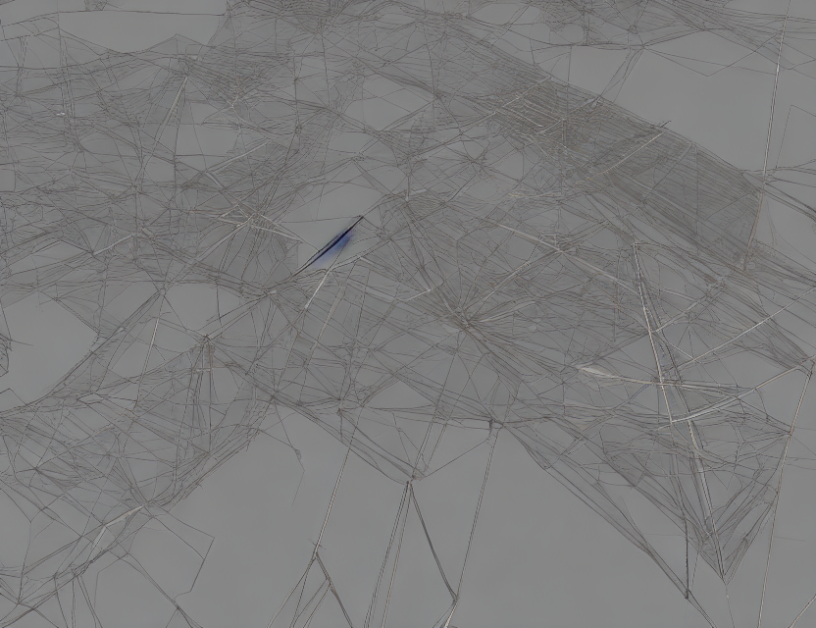In this article, we propose a new method for solving fluid flow problems, specifically the Darcy equation. The Darcy equation is widely used to model fluid flow in porous media, such as soil and rock. Our approach uses a technique called "cut finite element method," which divides the problem into smaller parts called macro-elements. This allows us to solve the problem more efficiently and accurately.
Imagine you have a big pizza with many small pieces of cheese. Each piece of cheese represents an individual element in the problem. By cutting the pizza into smaller pieces, you can solve the problem faster and more easily. Similarly, our method divides the problem into smaller macro-elements, which makes it easier to solve.
We also use a technique called "stabilization" to ensure that the solution is smooth and continuous across the boundaries of the macro-elements. Think of stabilization as a kind of glue that holds the solution together, so it doesn’t break apart when we divide the problem into smaller parts.
Our method is based on a combination of mathematical theories and numerical methods. We use techniques from finite element theory, which provides a framework for solving partial differential equations (PDEs) like the Darcy equation. We also use numerical methods, such as the cut finite element method, to solve the problem in practice.
We tested our method on several examples and found that it is more accurate and efficient than existing methods. In particular, our method preserves the divergence of the fluid, which means that the amount of fluid entering a region is equal to the amount leaving that region. This is important for problems involving fluid flow in porous media, as the divergence of the fluid can have significant effects on the overall behavior of the system.
Overall, our method provides a powerful tool for solving fluid flow problems in porous media. By dividing the problem into smaller macro-elements and using stabilization to ensure smooth solutions, we can achieve higher accuracy and efficiency than existing methods.
Mathematics, Numerical Analysis
Divergence-Preserving Cut Finite Element Method for Darcy Flow



